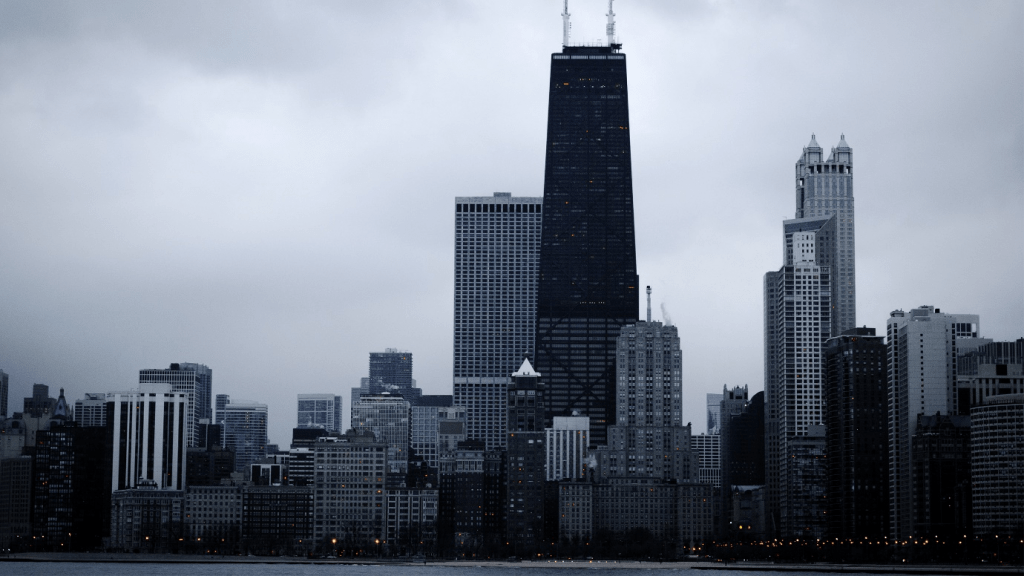
Canada Appeals for International Firefighting Aid
June 09, 2025: Canada has issued an international appeal for firefighting support as wildfires intensify across multiple provinces

July 4, 2023: Almost four of the five cities with the poorest air quality in the world are in North America, including New York, a grim distinction fueled by devastating woodland fires across Canada that have sent smoky air across the continent, according to data tracked by IQAir.
New York City now has the second-worst air quality in the world, with a recorded air quality index of 162, lagging only in Jakarta.
Toronto and Montreal rank as No.3 and No. 4, reporting an AQI of 155 and 153, respectively.
Anything beyond an AQI of 150 is considered “unhealthy” air.
The fifth-ranked city, Washington, D.C., is hundreds of miles away from where Canadian wildfires continue to rage. There, air quality is slightly better than the other three North American cities on the list, with an AQI of 122. That digit is deemed “unhealthy for sensitive groups.”
Research has shown that Canadian wildfires have burned for weeks, with record heat and drought prompted by weather change creating ripe conditions for longer-lasting, more intense wildfire activity.
New York Gov. Kathy Hochul cautioned citizens that potentially dangerous air quality reflected a grim distinction for state residents.
“This is not something that we’re talking about future generations dealing with,” Hochul stated in a press conference earlier this week. “We are truly the first generation to feel the real effects of temperature change.”
We provide the insights on leaders who are responsible for taking their organization to new heights, all the while bringing together a group of talented individuals.

June 09, 2025: Canada has issued an international appeal for firefighting support as wildfires intensify across multiple provinces

May 27, 2025: Air Canada Cuts Five U.S. Routes for Winter 2025–26, Part of Broader Cross-Border Retrenchment

May 26, 2025: Trump Freezes $2.2B in Federal Grants to Harvard Over DEI, Threatens Tax-Exempt Status.

May 14, 2025: Microsoft has announced plans to reduce its global workforce by approximately 3%, affecting roughly 10,000 employees across multiple departments.

May 13, 2025: The Trump administration is considering suspending the constitutional right of habeas corpus in a bid to accelerate mass deportations.

April 29, 2025: Donald Trump’s second term has reached the 100-day mark under sustained public skepticism, with national approval ratings